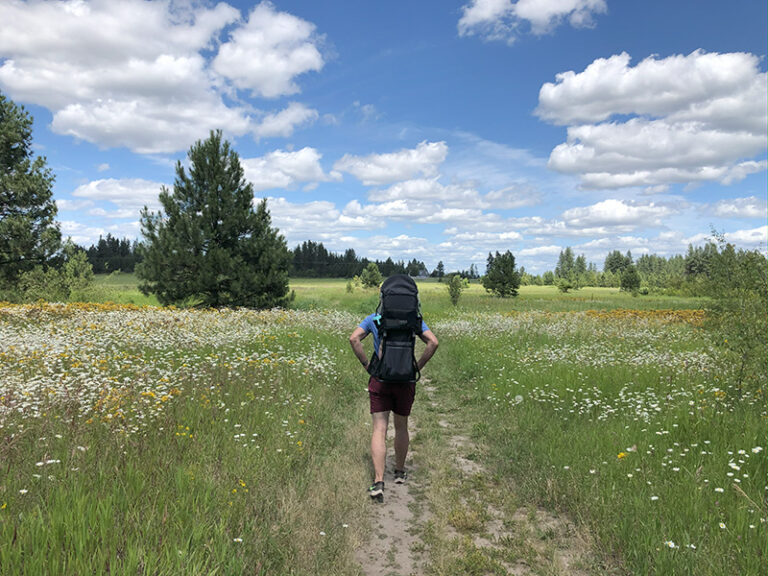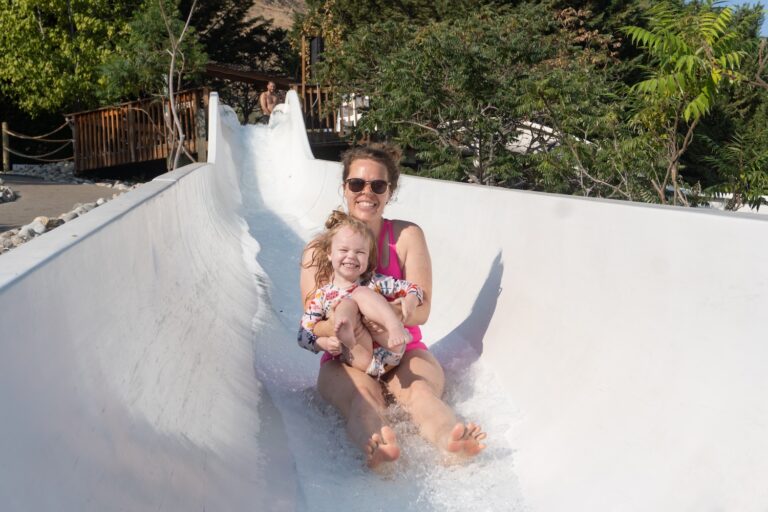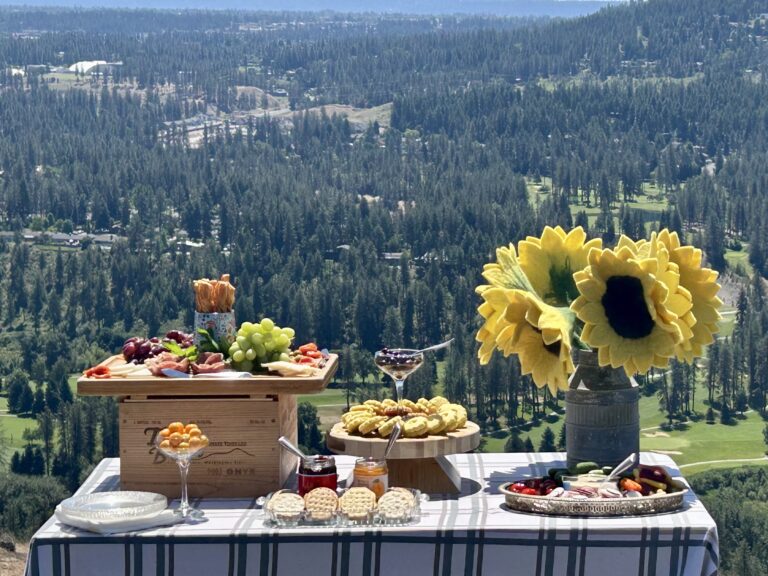It started with the vision of a plant-filled greenhouse at our South Perry urban lot that would produce an abundance of organic food. It started last fall with finding a house with a large garden space. We’d had small gardens before, but since we were house-hunting now, my wife Alicia and I felt a good, south-facing garden space was equally as important as finding the right house.
The next goal was a way to prep the garden to maximize food production with Spokane’s 130 frost-free days. In cold climates like ours (zones 4 and 5) even a simple greenhouse wrapped in poly can provide a jumpstart on the growing season and dramatically extend the harvest. This winter, I hope to heat it passively, via compost, to allow herbs like rosemary and lemongrass to survive, plus other plants that normally won’t make it on their own here. Through late spring, I hope to get an early crop of tomatoes, beans, peas and other climbers I can tie to the cattle panels, essentially a built-in trellis that will help shade the greenhouse and keep it a bit cooler in the summer. Heat-loving plants like peppers will likely thrive. And if the sun gets too intense, I can always throw a shade cloth or opaque plastic over the greenhouse to help diffuse the rays.
I needed to build something strong, yet cheap. My budget was $200, a third of the cost of the cheapest greenhouse kits. I stumbled upon the idea for a cattle panel greenhouse on the YouTube channel “EdibleAcres.” I learned the cost was roughly $150 and took a day to build. It took me about two weeks of random evenings to build, and ended up costing about $250. Nothing ever goes as planned in life, especially when the 35-pound roll of plastic is stolen off your front porch. Some jerk ended up with a lot of nice greenhouse plastic.
The building process went like this: I built a wood frame along the ground, then hammered in stakes along the inside at four foot intervals. Next, I arched the cattle panels (fence panels used to keep cattle where they belong) one at a time and tied them to the stakes with wires. Next I screwed them to the stakes and tied the panels together with wire every foot, adding zip ties as a backup. The ends were framed with 2×4’s, featuring a wheel-barrow-width doorway on one end, and a small, high-up window on the other. I installed an automatic window vent, and built a lightweight door from scrap wood and plastic. Finally, I covered the structure with my re-ordered, fancy clear UV-coated 6 mm greenhouse plastic (the most expensive part), and secured it to the frame with cedar batten strips. The result is an airtight, sturdy, simple structure that will, hopefully, last many years. Just in case, I saved scraps of plastic to patch the inevitable holes.
Inside the greenhouse, permanent raised beds live along either side, and I may install rows of narrow shelves above for starting seedlings. Again, this is my first year ever doing something like this, so I admit it’s a trial run. Throughout this garden project I expect to learn something every day, to both fail and succeed. Plus, seeds are cheap, far cheaper than buying dozens of starts in spring, and they’re even free at the Spokane Public Library seed catalog, (or from gardener friends), and this fall I hope to save my own seeds.
Even if all my plants get scorched, or they just can’t make it through the next frigid winter, at least I’ll gain experience and have a year-round spot that’s bright, warm and dry, even when the mercury drops and the rains come. If nothing else, I’ve built a solarium for the price of a month of mochas. // (Nick Thomas)
Build Your Own Greenhouse with These Supplies
Without a doubt, gardners could spend a ton of money on a cattle panel greenhouse, but here’s a generic list to get you started. There’s a chance you have several of these items in your garage already.
- 4 Cattle Panels
- a dozen 2x4s
- wood stakes
- galvanized wire
- UV coated clear greenhouse poly
- screws and hinges
- cedar batten strips













